GMX V2 LPs: Earn Up to 16% APR with ETH, WBTC, ARB, and More
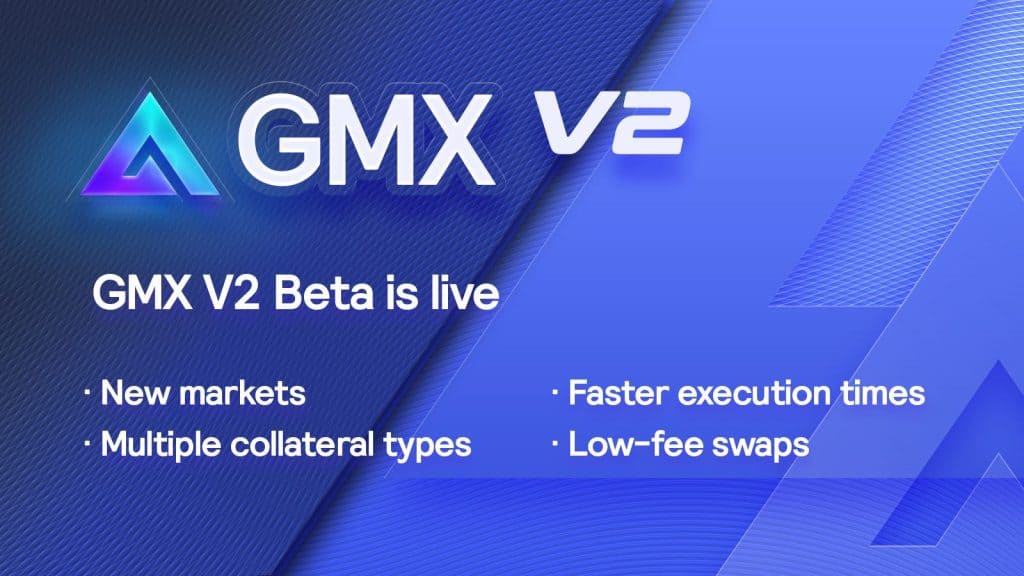
Before we get started, this is not a recommendation or endorsement to buy any token(s) mentioned.
While centralized crypto institutions such as FTX and Celsius experienced a nuclear meltdown in 2022, GMX’s decentralized leverage perpetuals exchange established itself as the true white knight of crypto--a DeFi trading alternative with larger volumes to compete with centralized exchanges (CEXs). GMX powered as much as $1B in daily trade volume on its best days in 2022. As a result, GMX user community grew from a few hundred unique users to an estimated 192k new users according to their GMX Stats dashboard. Even the GMX token would stand out as an outlier in performance during the worst part of the crypto bear market, gain 86% in the same year BTC would drop 62% and ETH 68%.
Despite all this success, GMX V1 had a number of shortcomings that would be addressed in their newest V2 release including:
- Zero price impact allowed large traders to maintain their capital in GMX V1 for extended periods, which consumed trading capacity and led to imbalances in open balances.
- GLP as a composable building block was difficult to develop higher-level financial strategies on top of and presented friction to adding new assets for trading on GMX.
- In general, fees were significantly higher which prevented more trading activity and a lesser UX.
- The inability to long/short a market with the same collateral presented challenges to GMX V1 traders.
- Technological limits that limited trade volume such as slower execution speed and a clunky UX missing features found on CEXs such as the ability to customize orders with TP

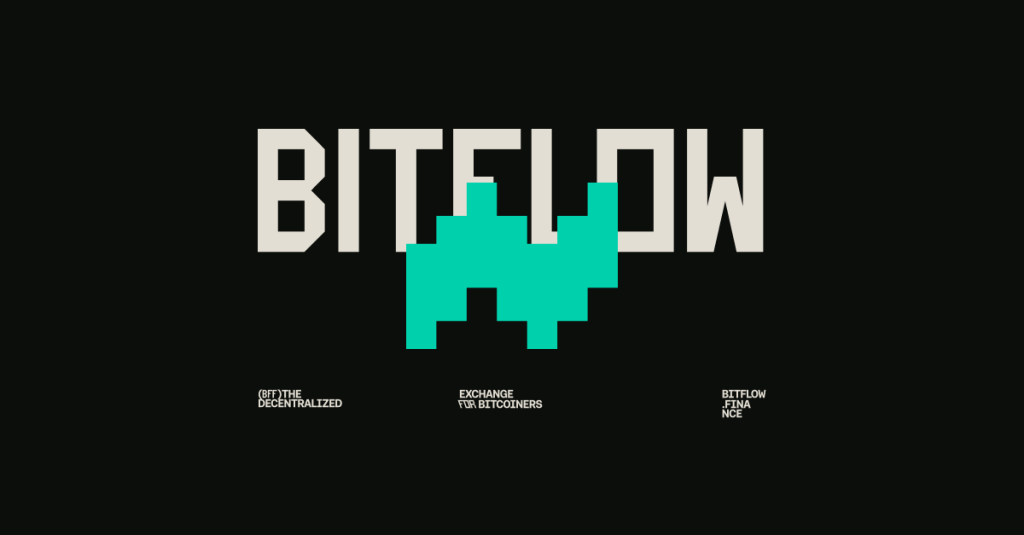



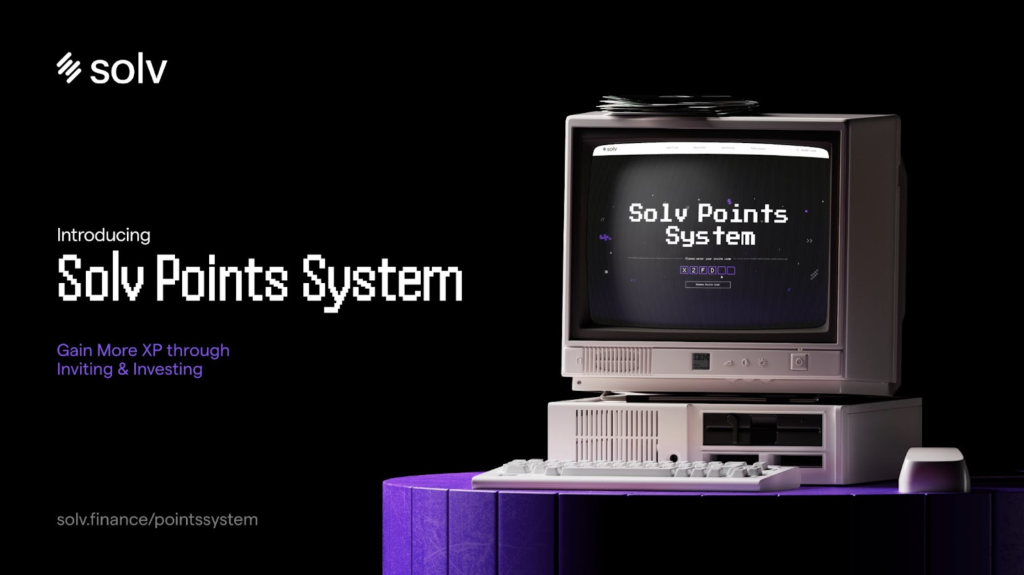
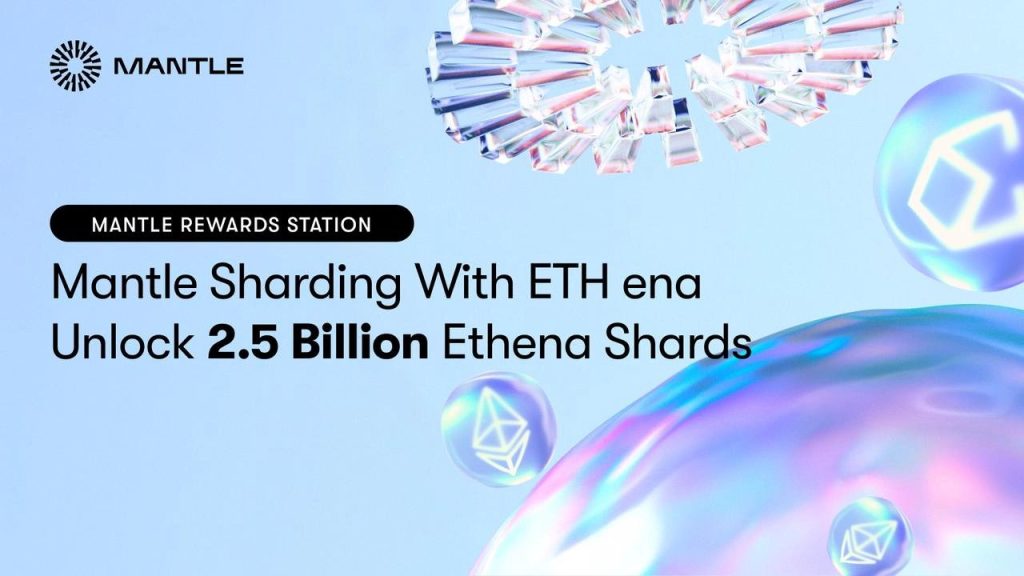
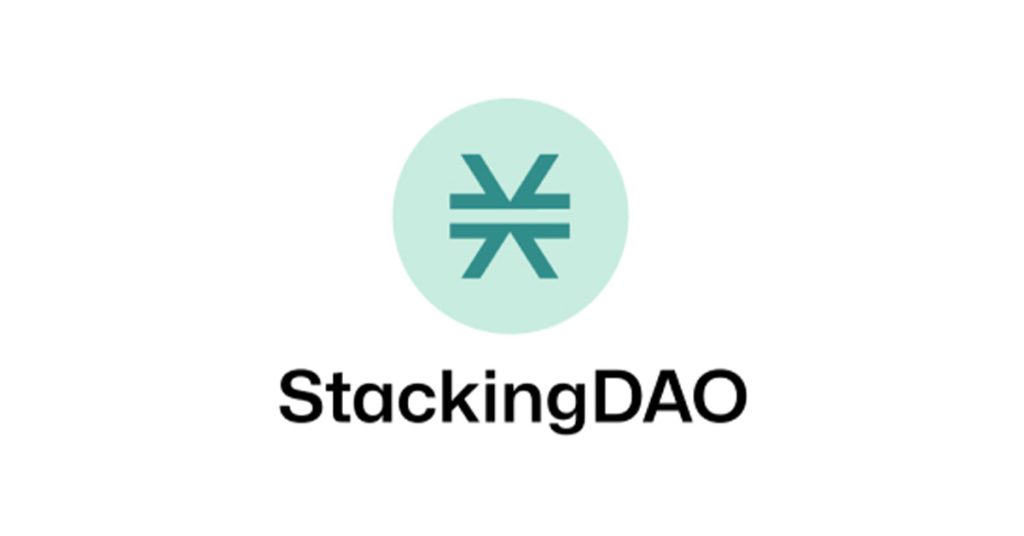
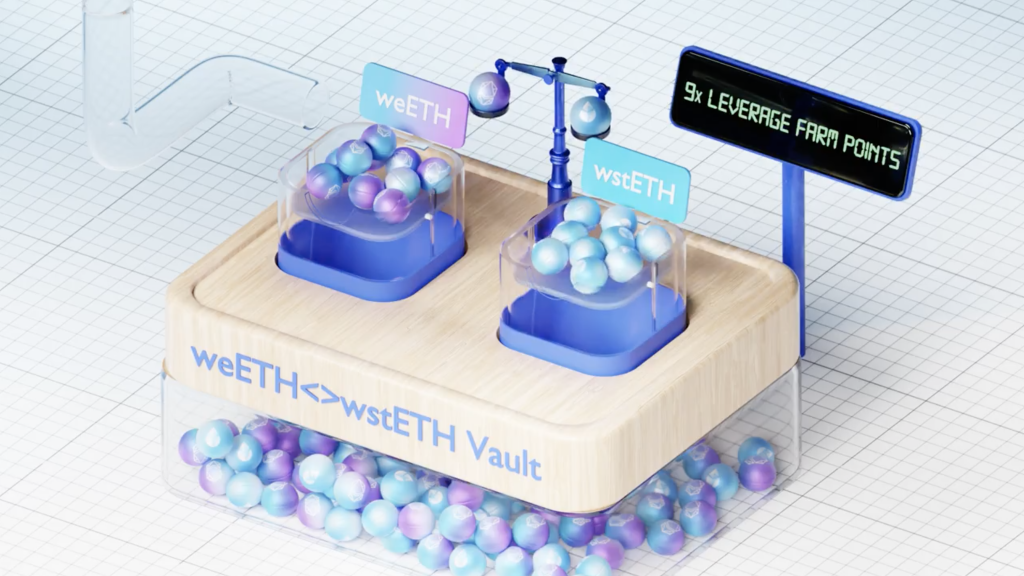
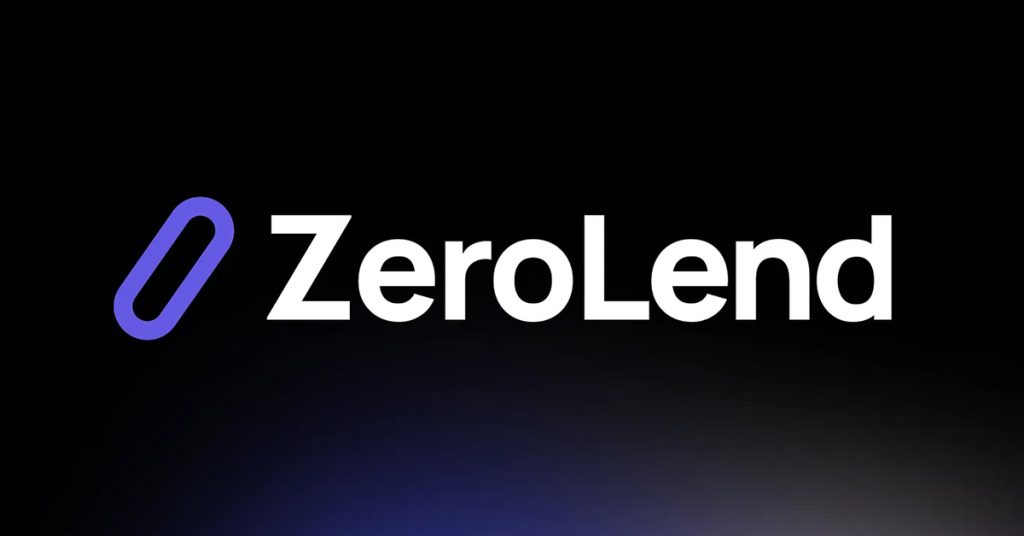

Hi Defi Dad, with GMX V1 the impermanent loss on providing liquidity via GLP was arguably mitigated, via the index nature of the fund, amongst other as I understand it. What is the impermanent loss situation on providing liquidity via the v2 GM pools? Is the impermanent loss situation similar to a certain range uniswap concentrated liquidity position (which can be severe)? I borrowed assets against my liquid staked ETH on AAVE and contributed to the GMX v2 pools thinking my position was largely hedged – it won’t be hedged if there is significant impermanent loss exposure if the tokens (ARB and LINK in my case) pump. I’m finding it difficult to get my head around this particular exposure. Thanks!
Also, as a follow up, and assuming there is impermanent loss (which i understand is in fact the case) is there a graph or some other commentary that describes the degree of impermanent loss? i..e. does it follow a wide-range pool, or is it more in the nature of a more concentrated (narrow) liquidity pool, along the lines of Uniswap v3? Is there some graph or other material that outlines the degree of impermanent loss given relative price movements? Thank-you!
Hi based on some further research, i think the impermanent loss exposure is the standard 50/50 wide range pool which I’m quite comfortable with for the near term, given the tokens.
Hi Tony! Thanks for the thoughtful comments here. Yes, the GMX V2 pools are like a Uniswap 50/50 LP such as ETH/USDC. The idea of the design is you get isolated exposure to a trading market. Before with GLP, LPs had to be exposed to ~50% stablecoins and 50% volatile assets. Now with GMX V2, one can minimize which assets they’re exposed to (ie ETH). Does that help answer your question? I would assume you can enjoy or get rekt on GMX V2 LPs the same way you do with Uniswap V2 LPs.